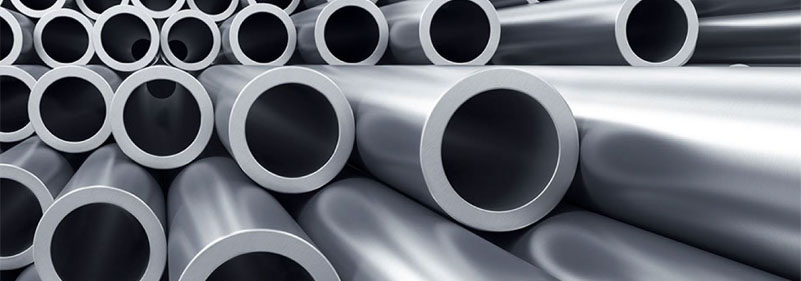Duplex Steel Alloying Elements
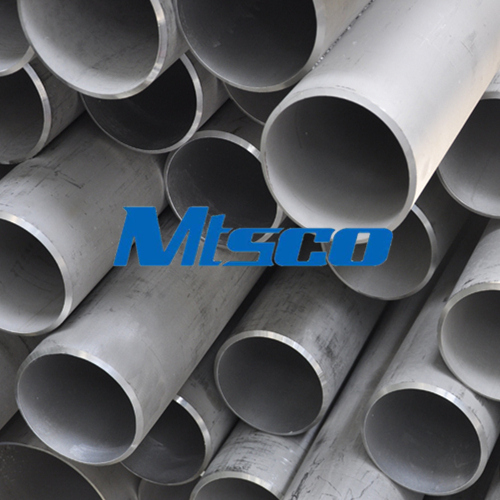
The alloying elements in duplex stainless steels are mainly Cr, Mo, N, and Ni. Their roles in duplex steels are as follows.
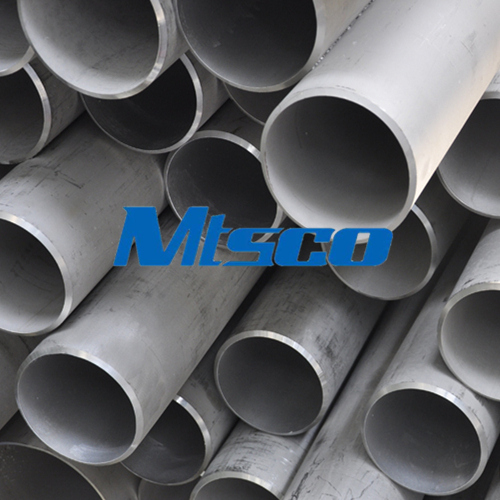
1. Chromium
Steel contains a minimum of % Cr to form a stable passivation film that protects the steel from atmospheric corrosion.
The corrosion resistance of stainless steel is enhanced with the increase of Cr.
Cr is a ferrite element, which can make the iron organization with body-centered cubic lattice stability but also can improve the antioxidant ability of steel at high temperature.
2、Molybdenum
Mo is a ferrite-forming element, which also promotes the formation of intermetallic phases.
Therefore, the content of Mo is usually less than 7.5% in austenitic stainless steels and less than 4% in duplex steels.
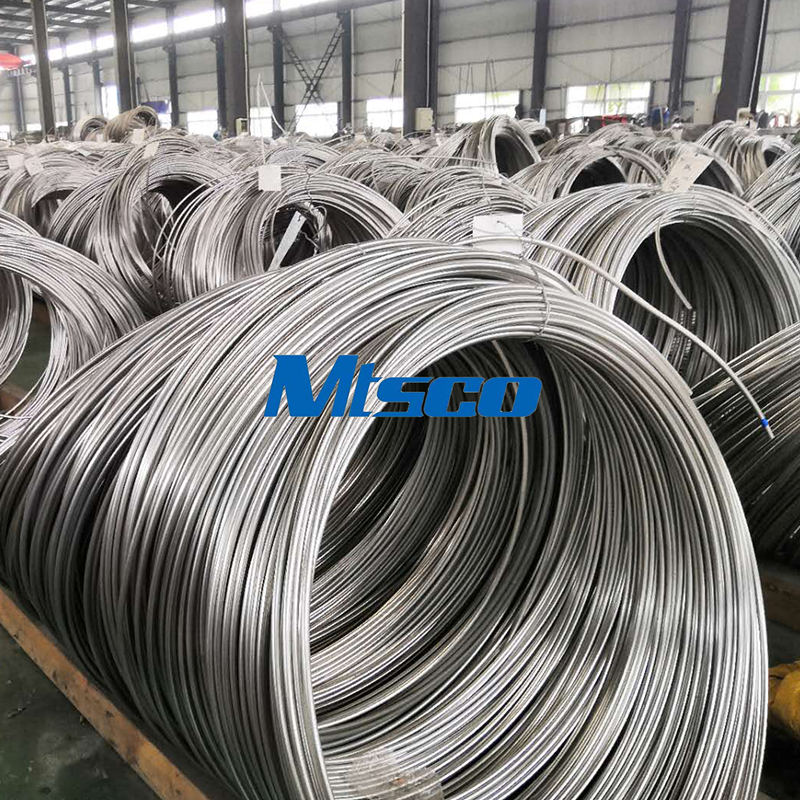
3、Nitrogen
N increases the resistance of austenitic and duplex stainless steels to pitting and crevice corrosion, and can significantly increase the strength of steel, and is one of the most effective elements for solution strengthening.
While increasing the strength of steel, the N element also increases the toughness of austenitic and duplex stainless steels, slows down the formation of intermetallic phases, gives the duplex stainless steel enough time for processing and manufacturing, and counteracts the tendency to form sigma phases due to high Cr and Mo.
N is a strong austenitic element that can partially replace Ni in austenitic stainless steels, and N, which is close to the solubility limit, is added to duplex stainless steels to adjust the phase equilibrium with Ni.
4、Nickel
Ni is the element that stabilizes the austenitic organization. The addition of Ni to iron-based alloys causes stainless steel to change from a body-centered cubic crystal structure (ferrite) to a face-centered cubic crystal structure (austenite).
Ni delays the formation of an intermetallic phase, but it is not as effective as N. Ni is a good stabilizer of the intermetallic phase.
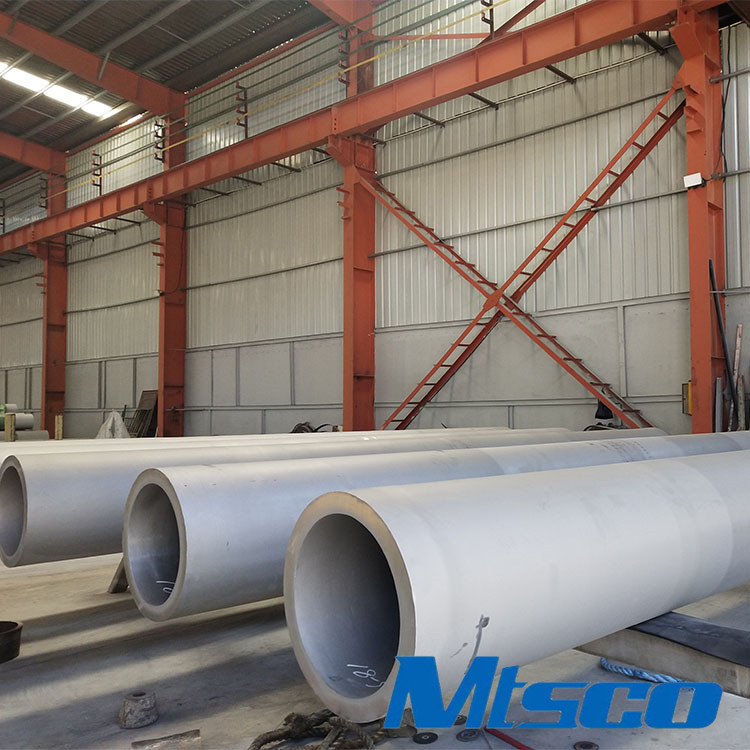

 English
English 中 文
中 文 Español
Español Português
Português Deutsch
Deutsch Türk
Türk Pусский
Pусский عربي
عربي 한국인
한국인 日本語
日本語